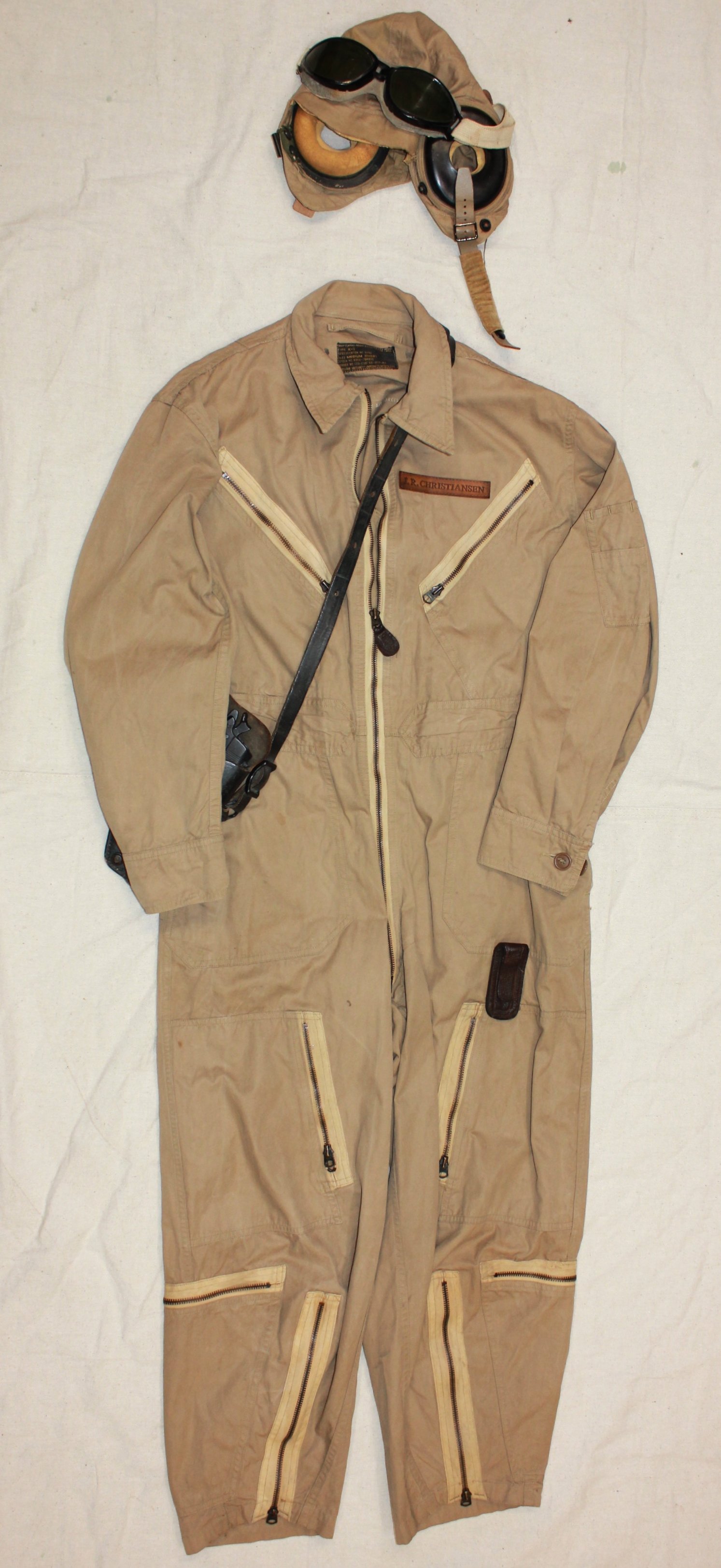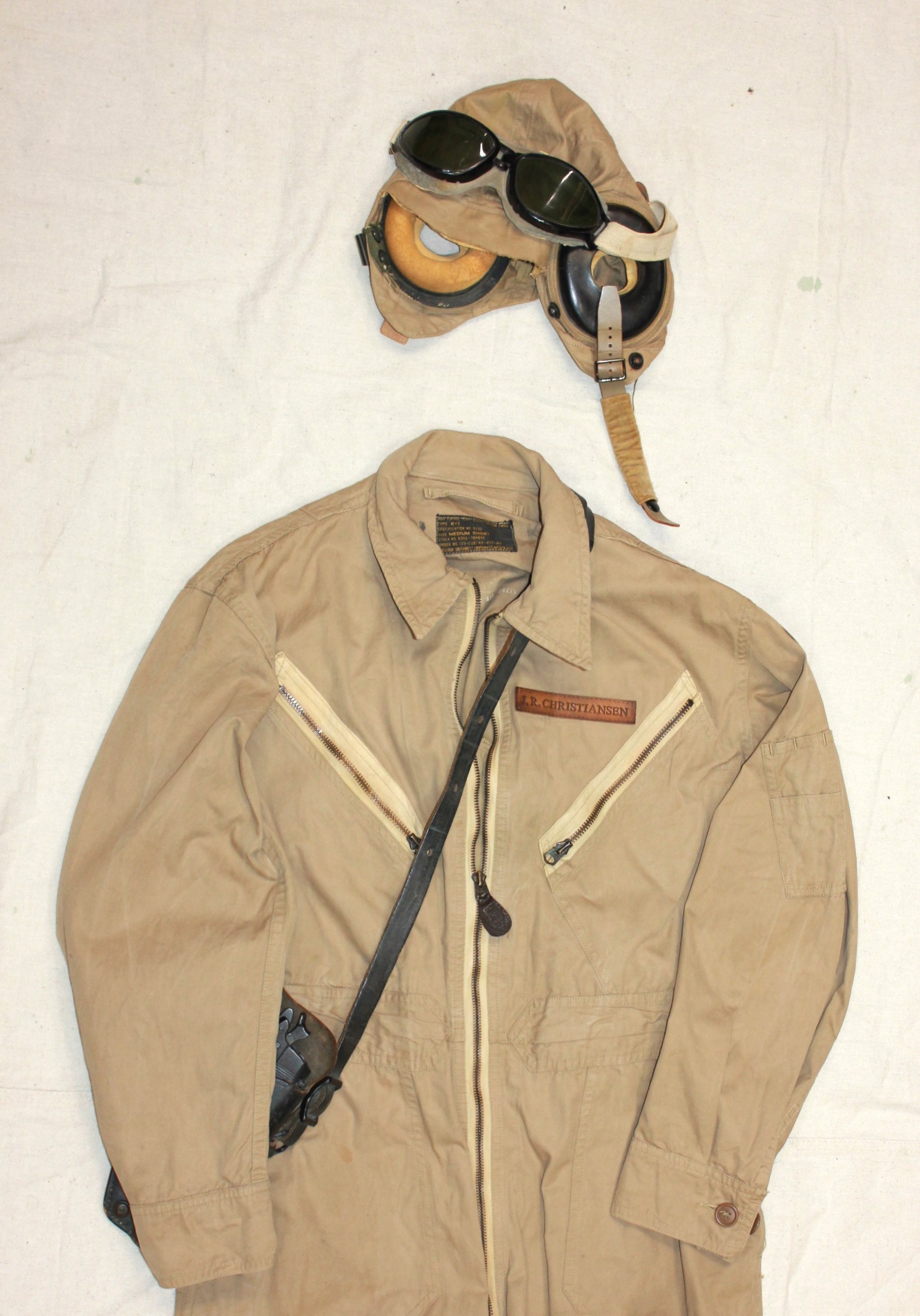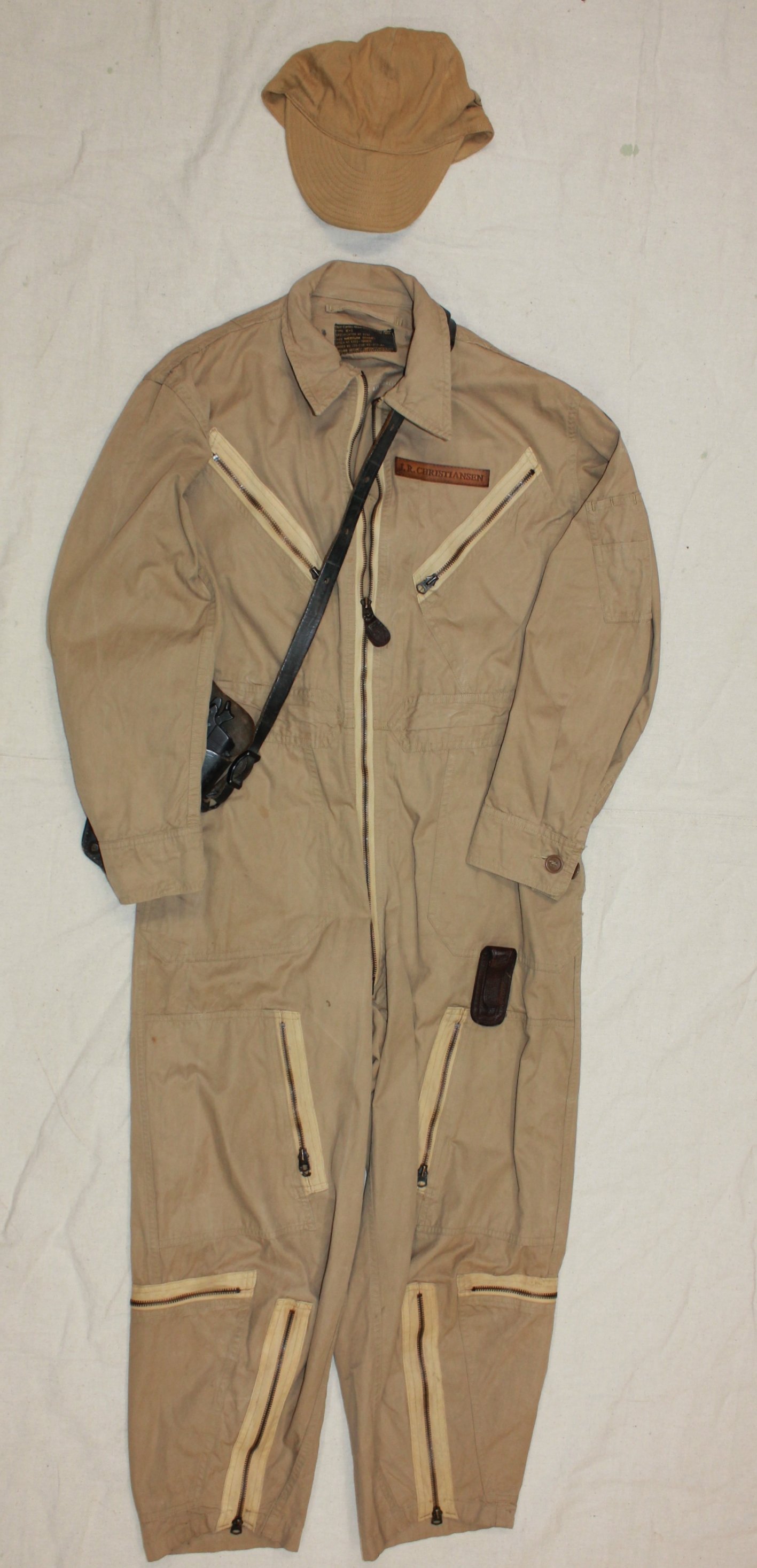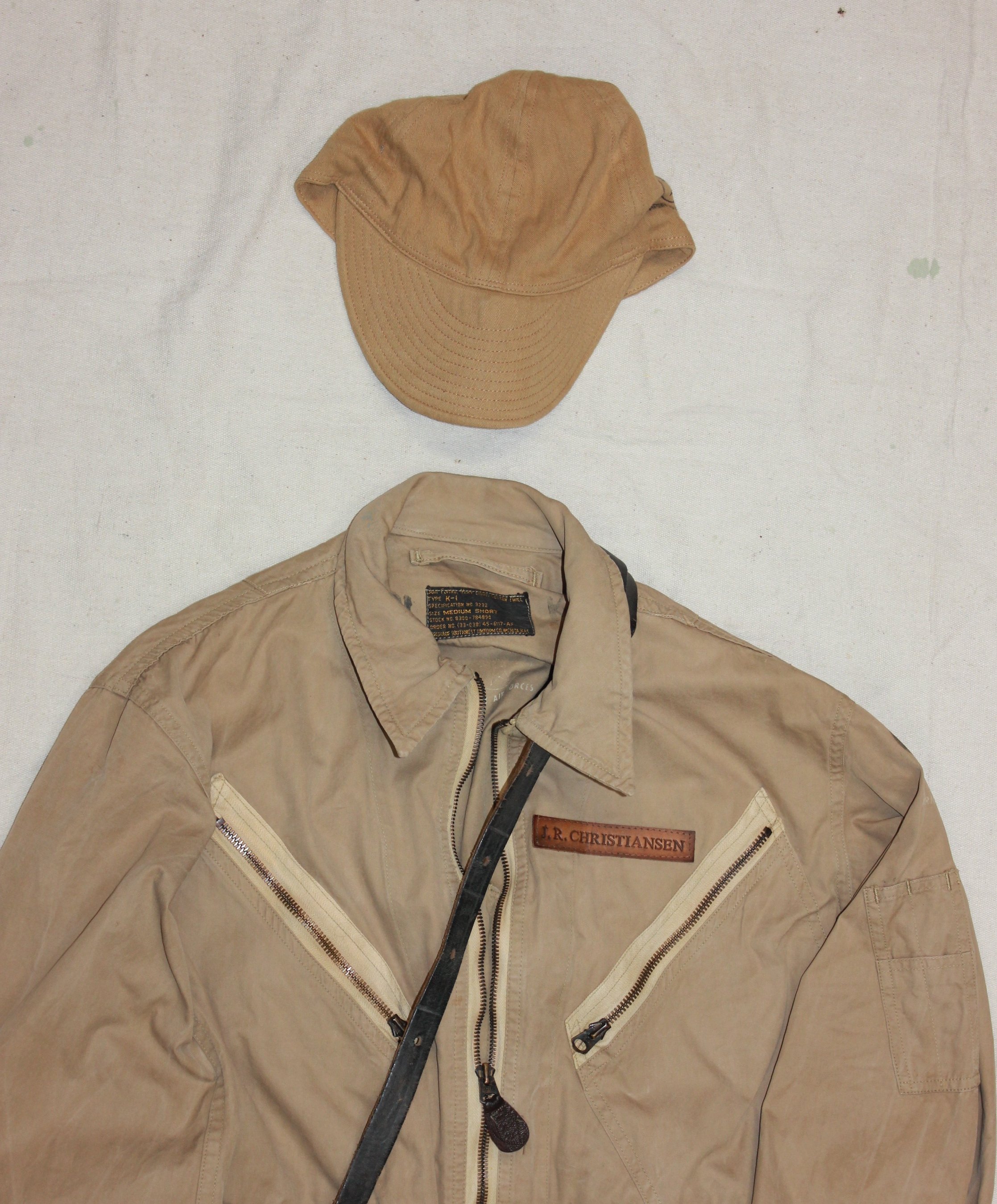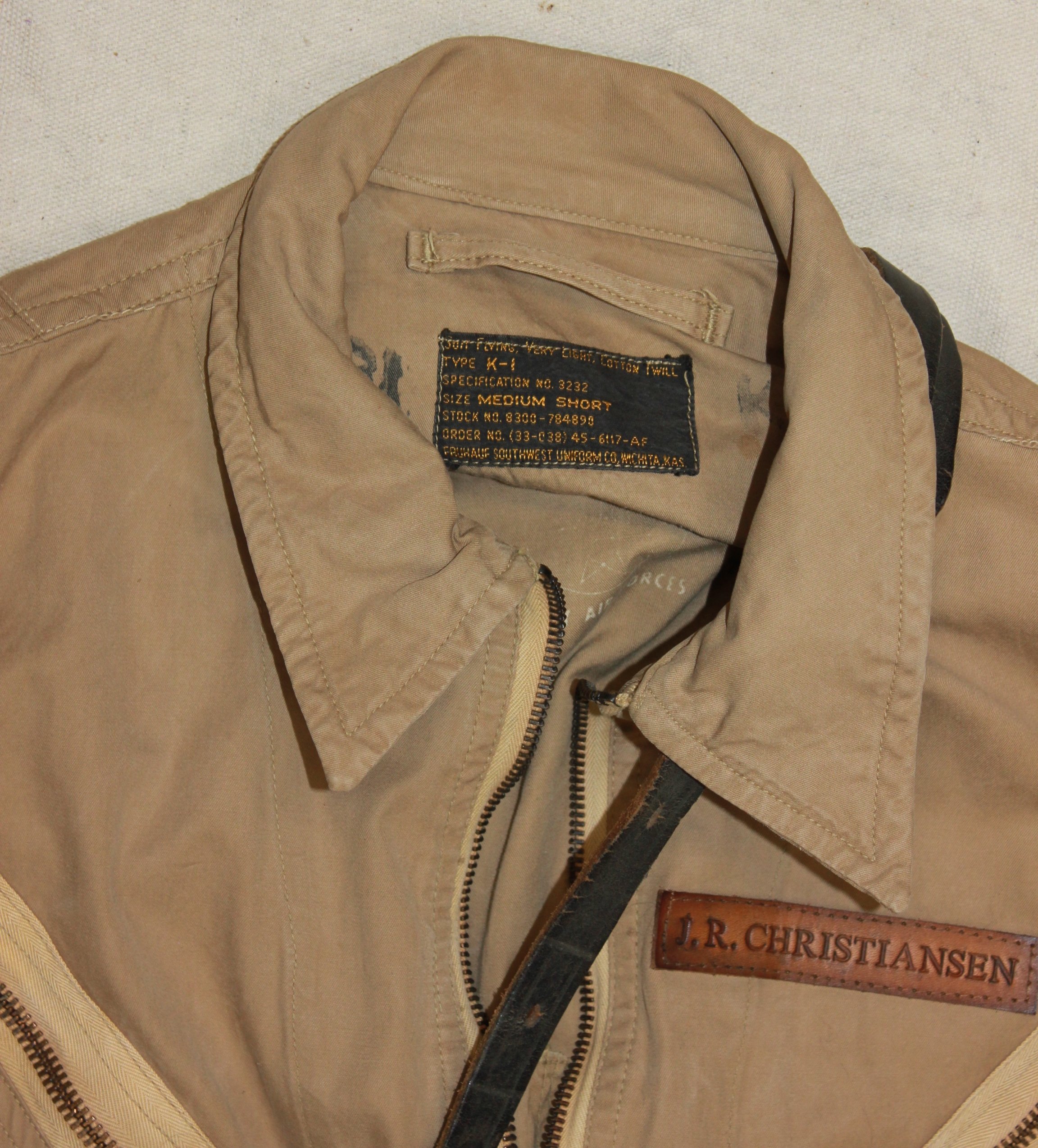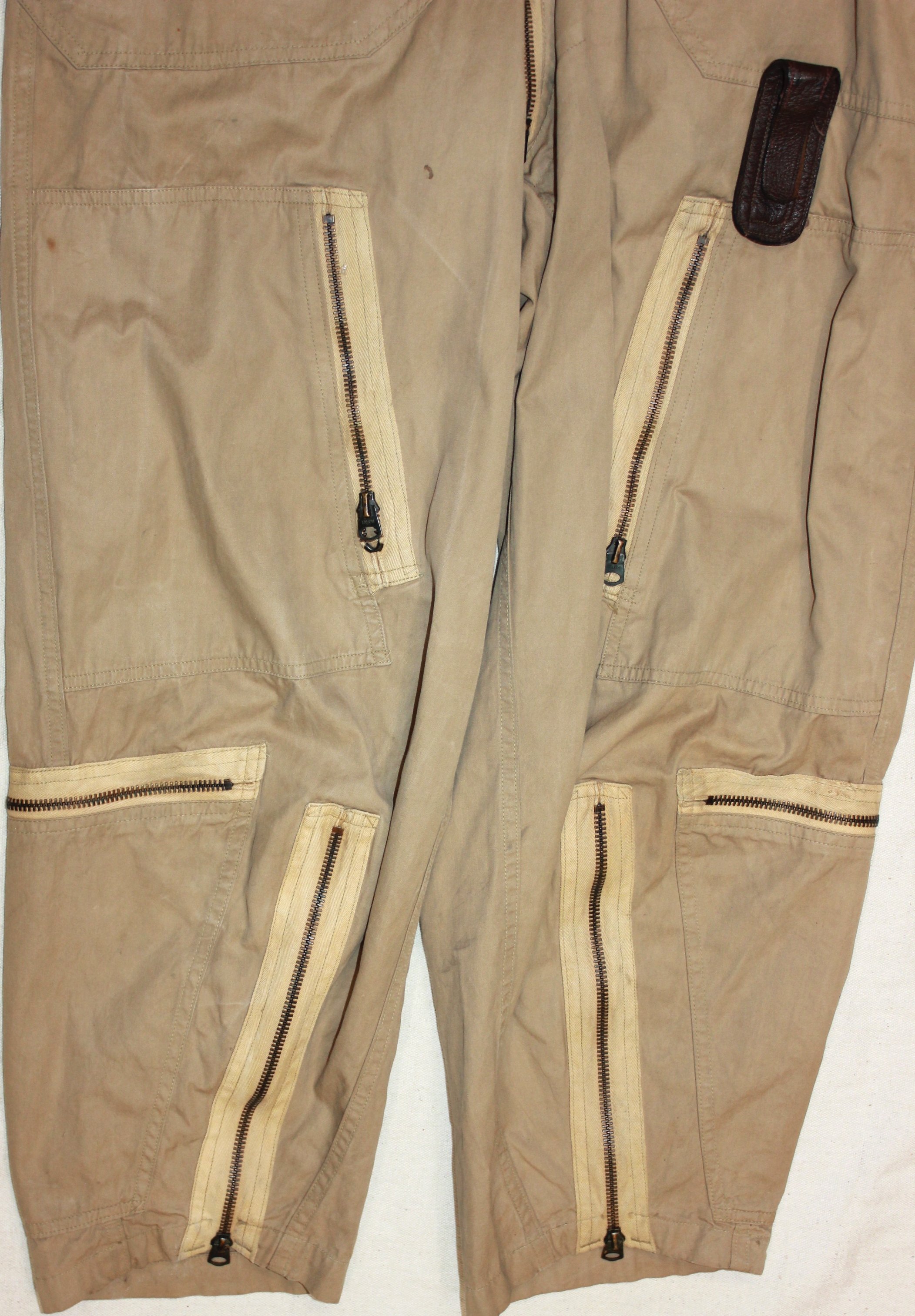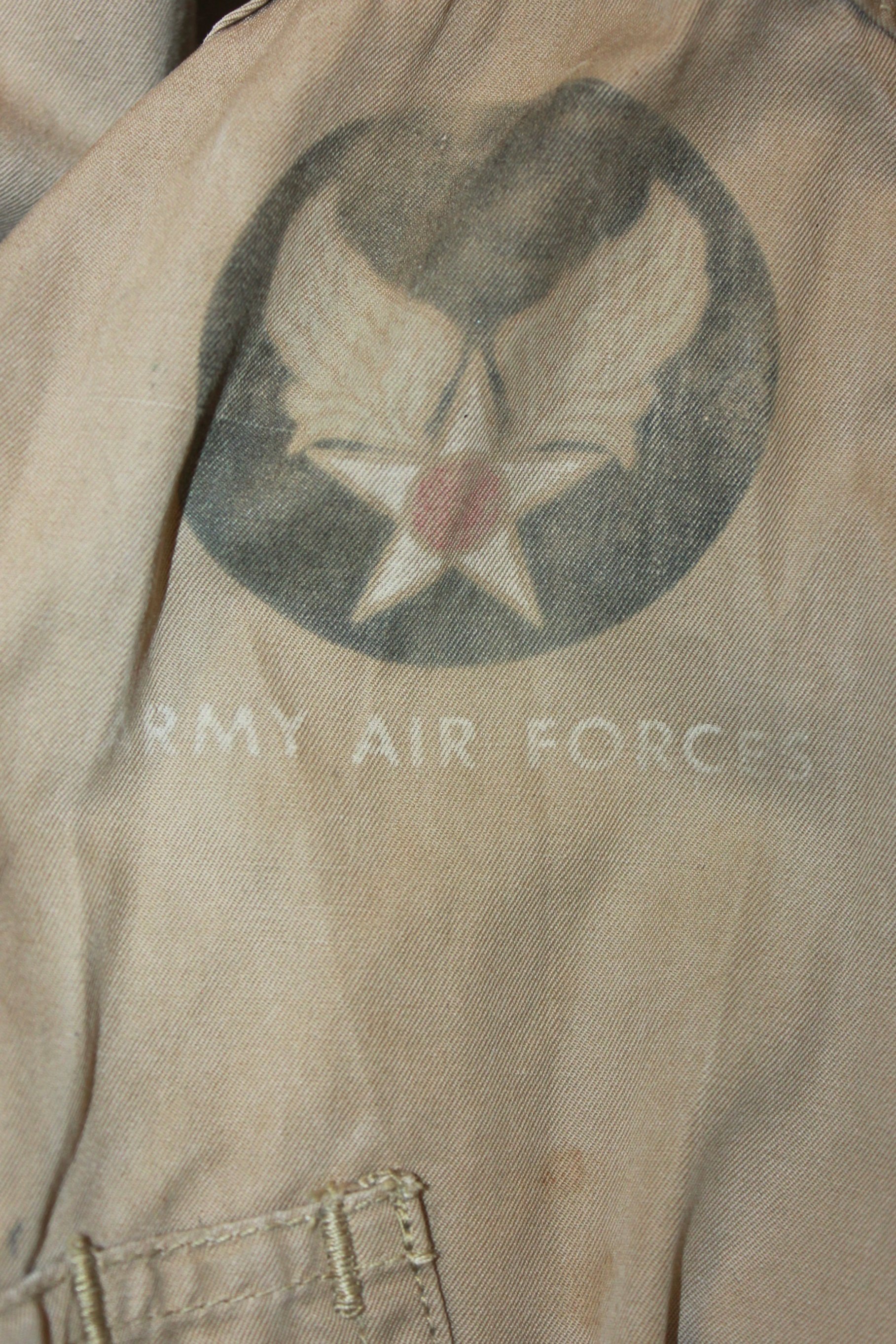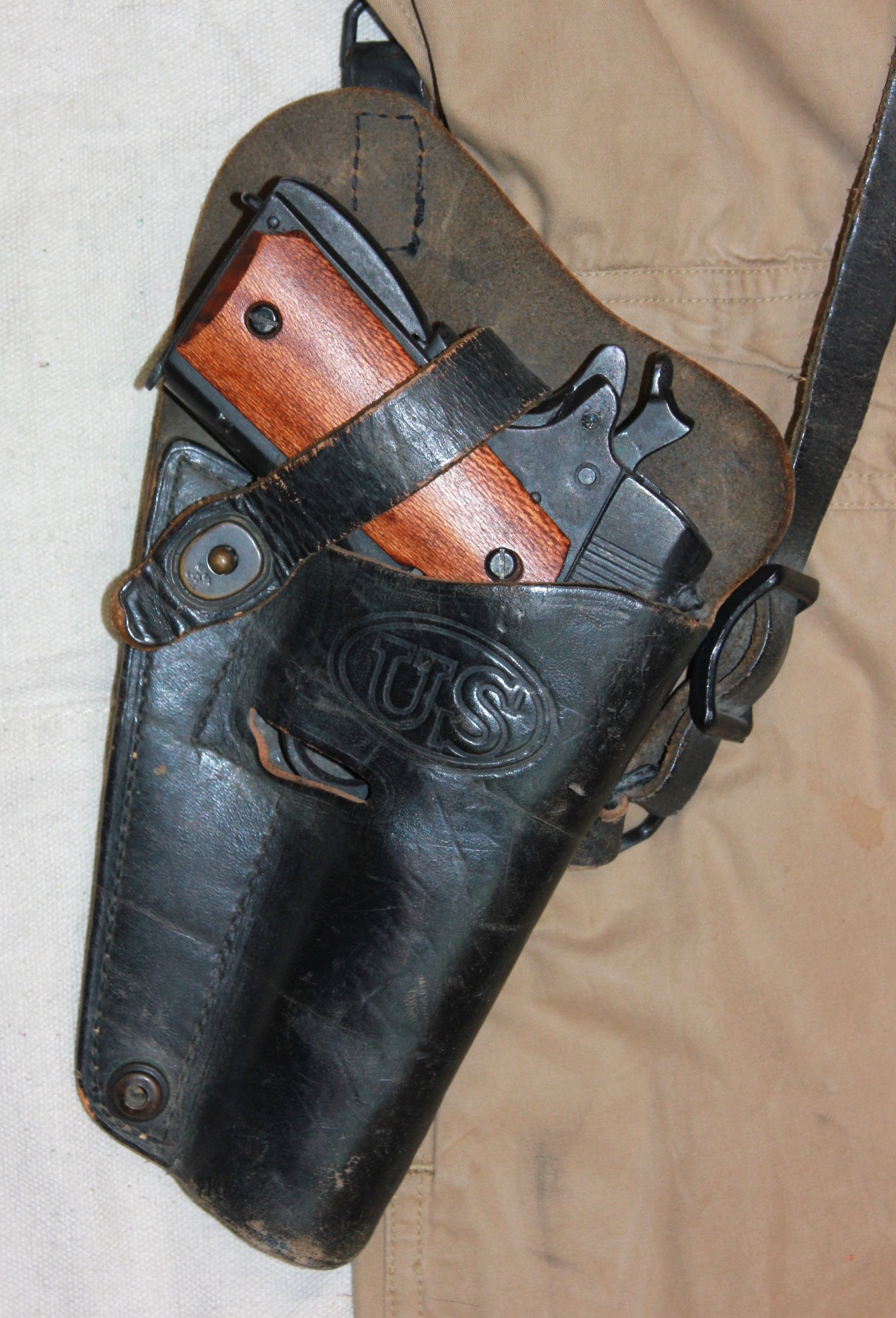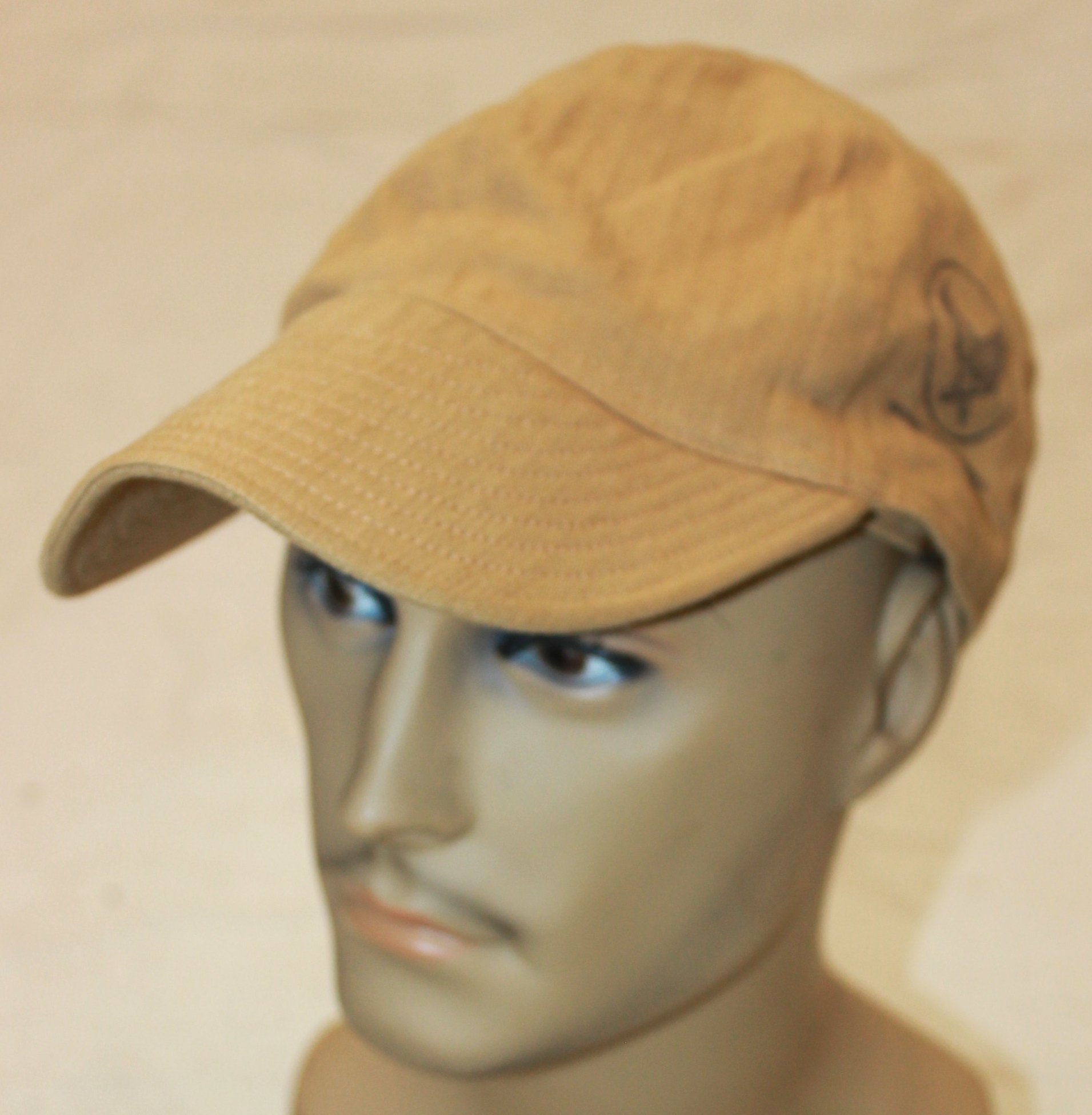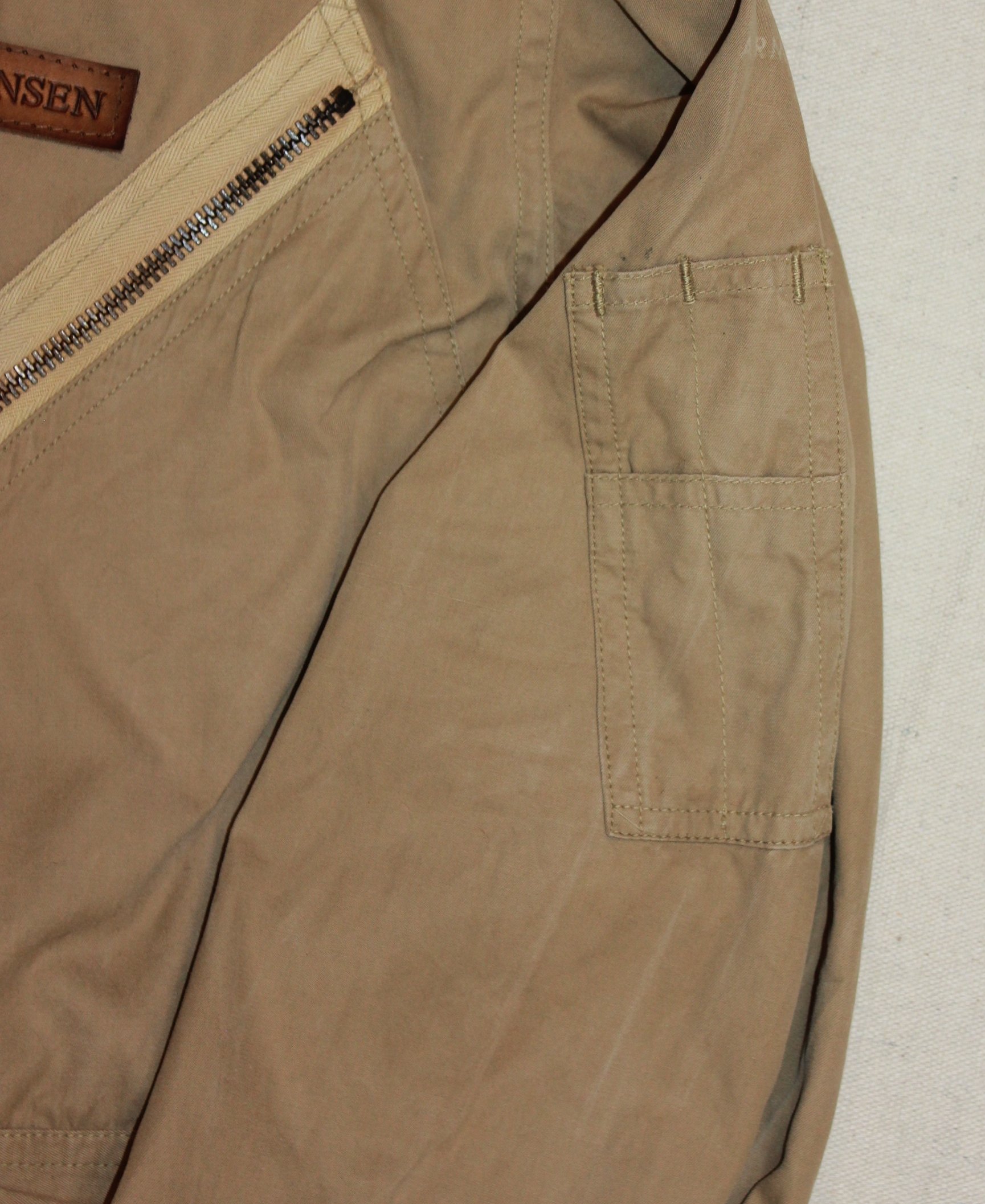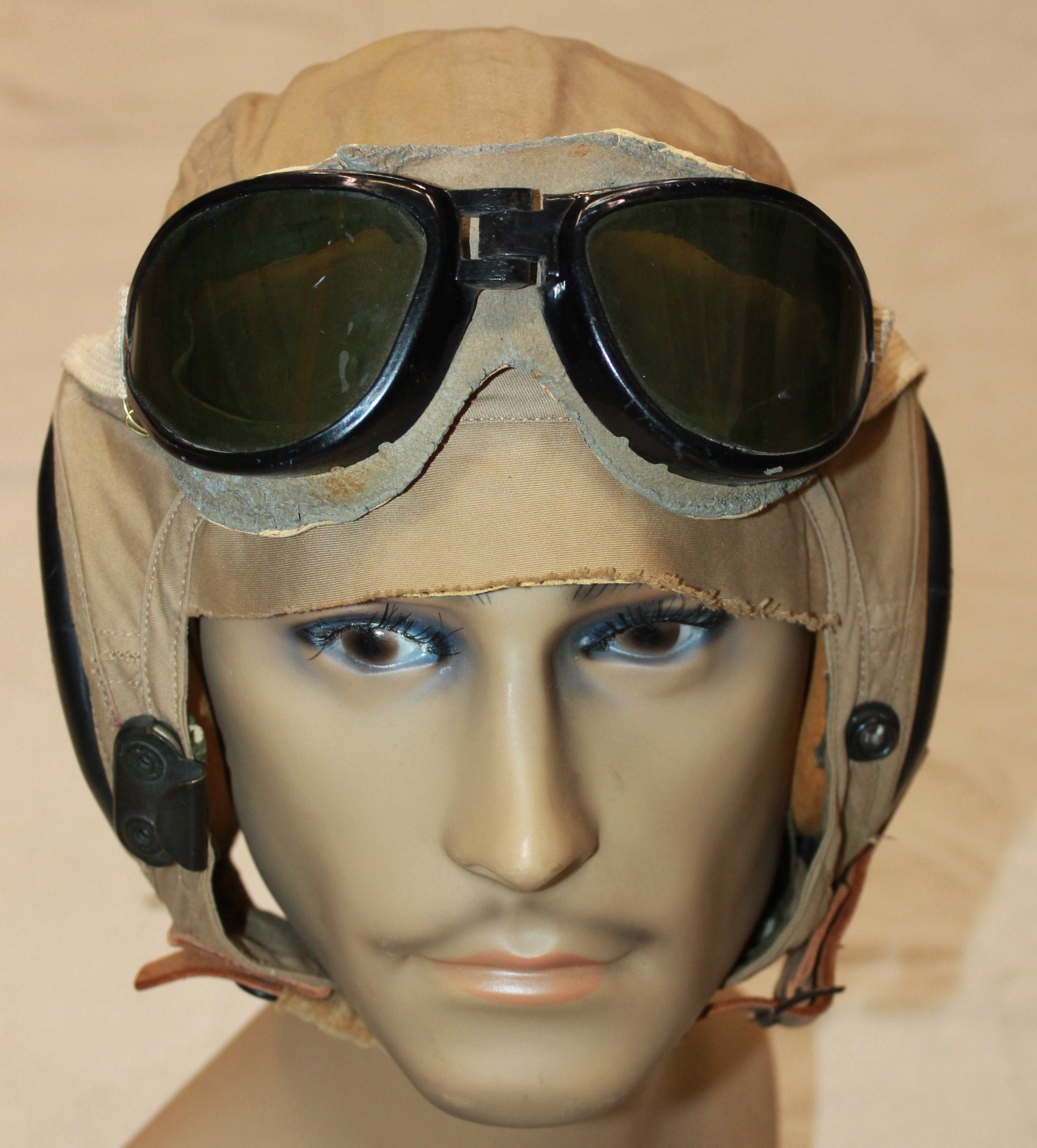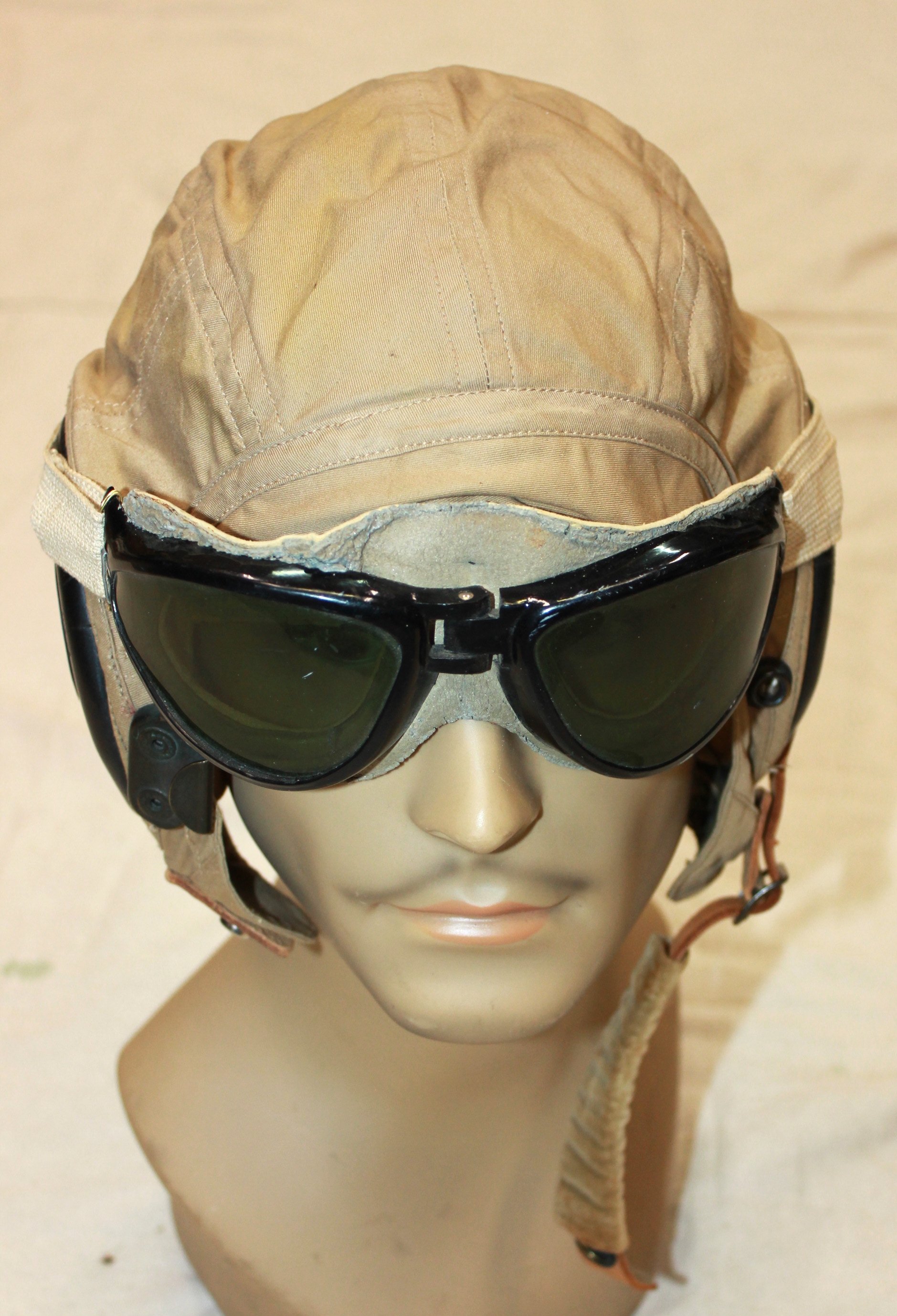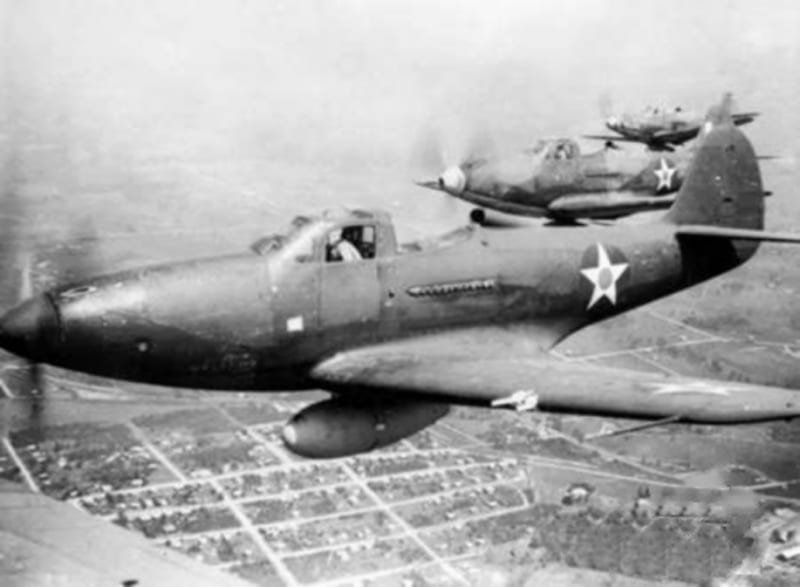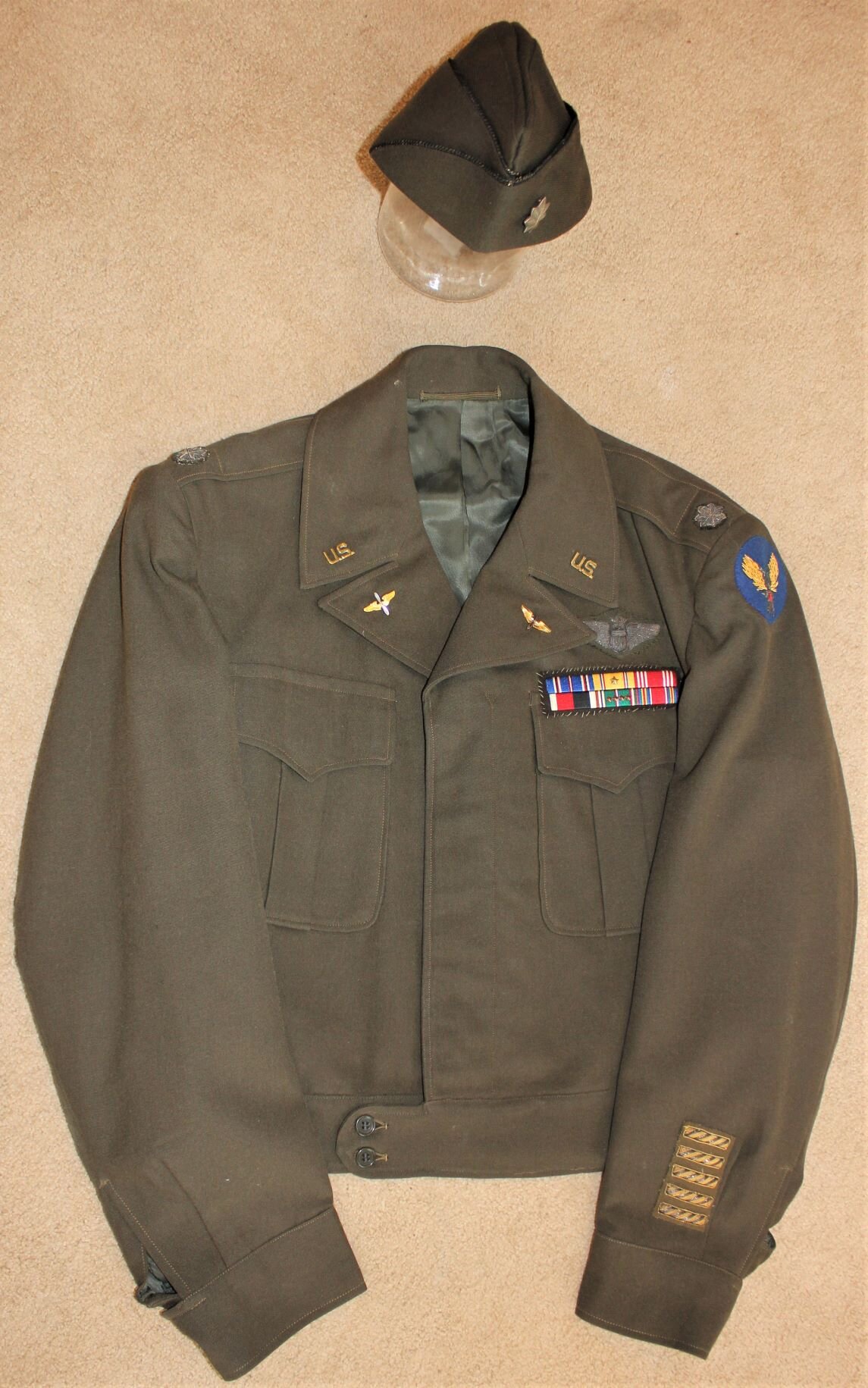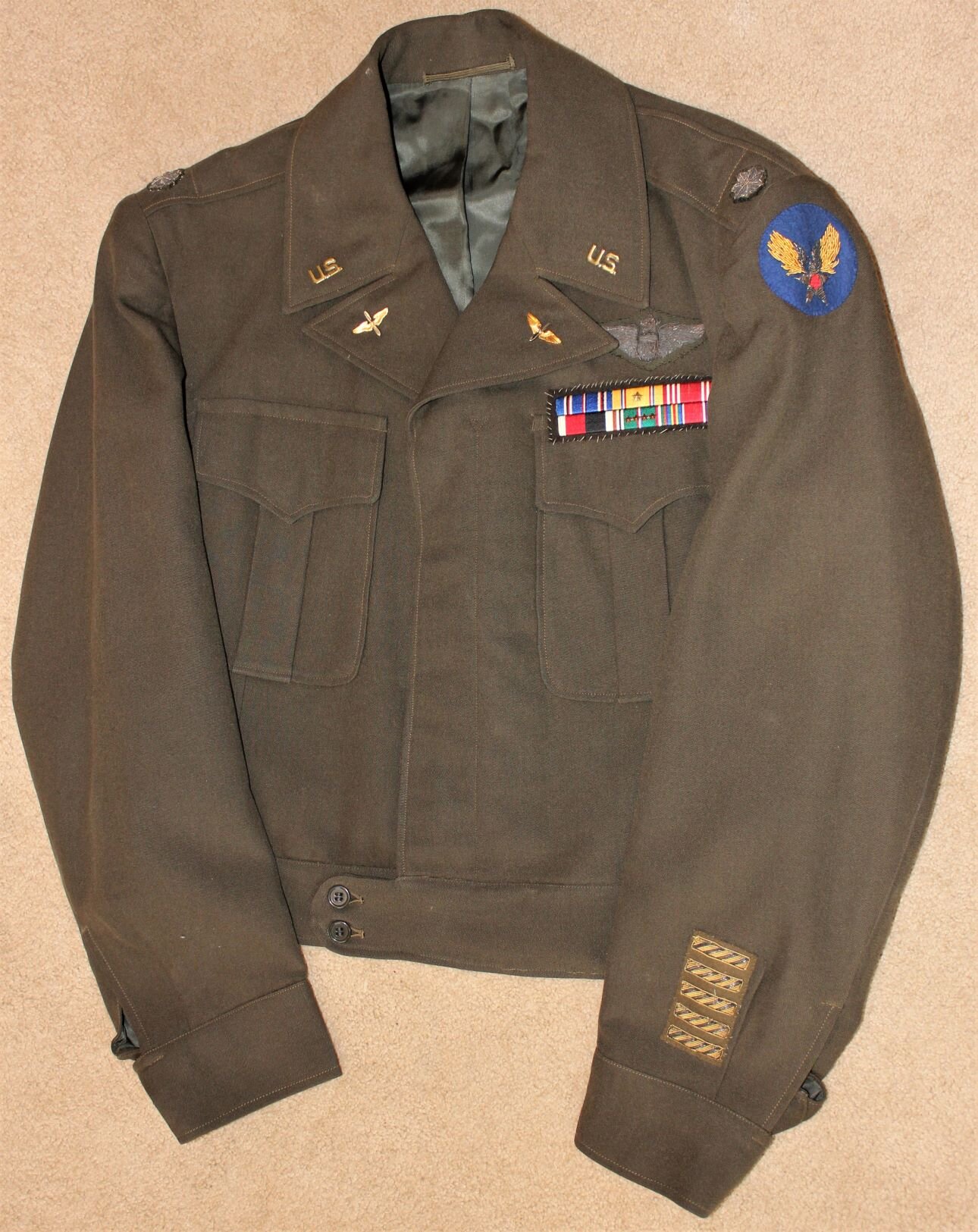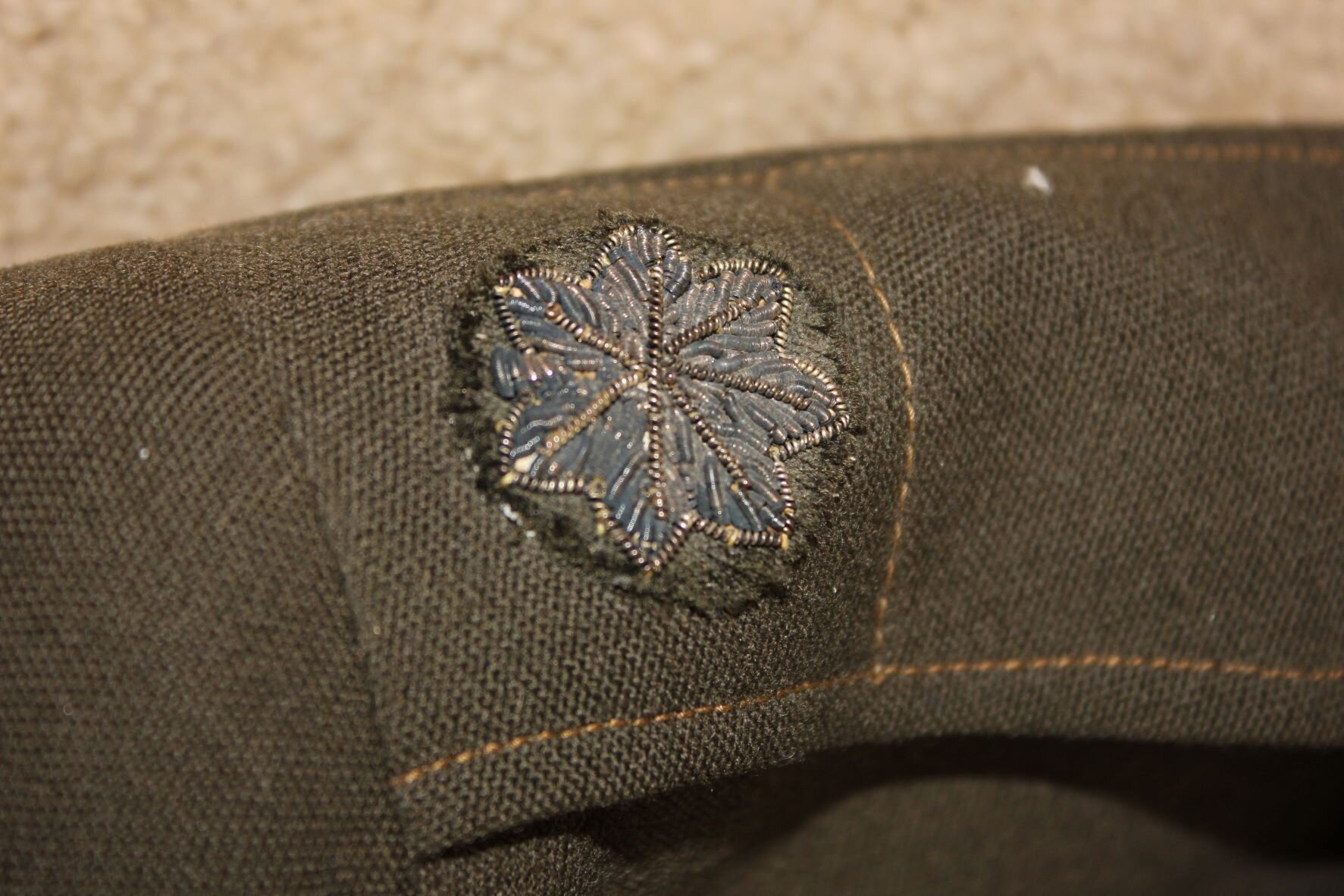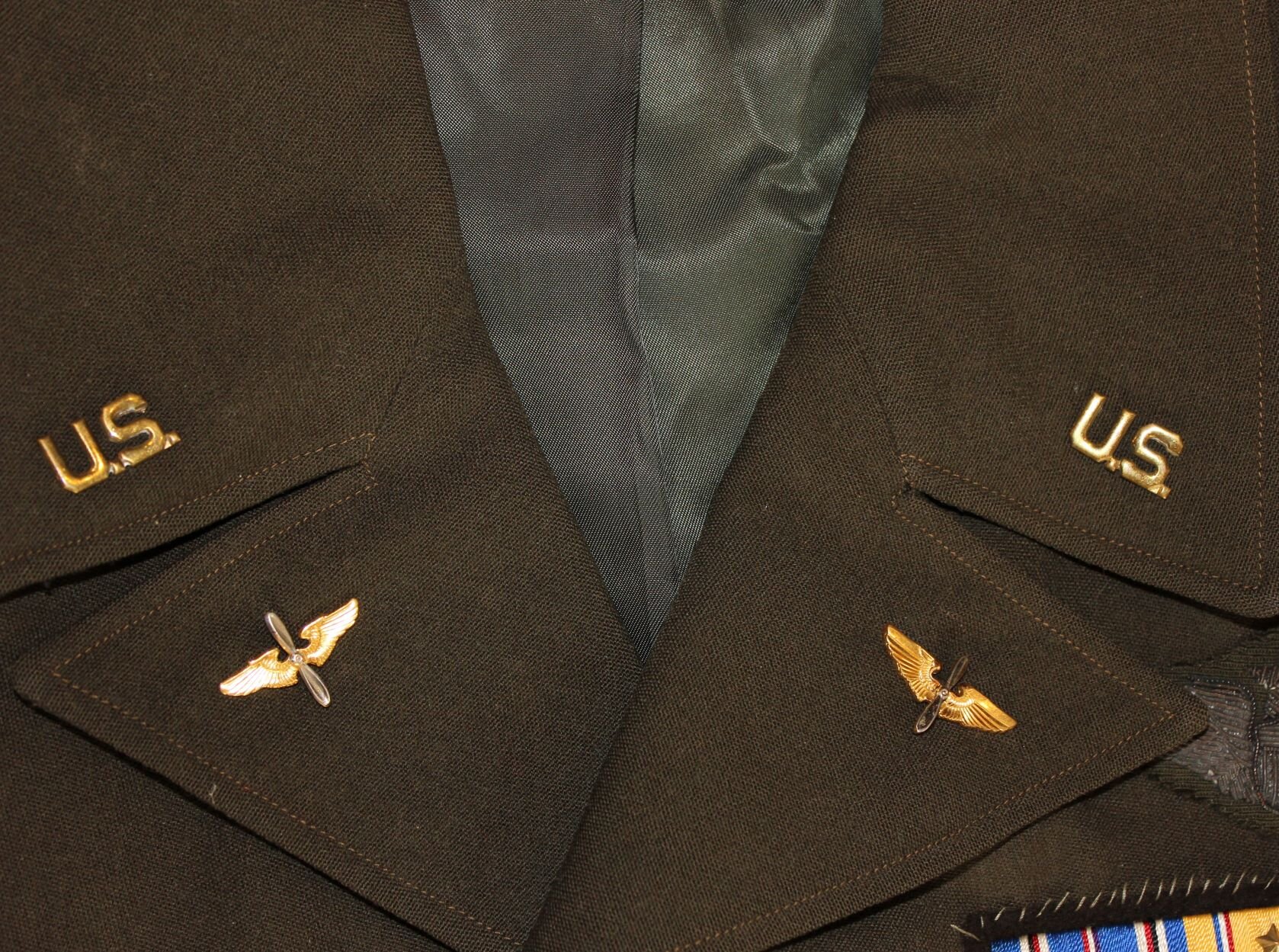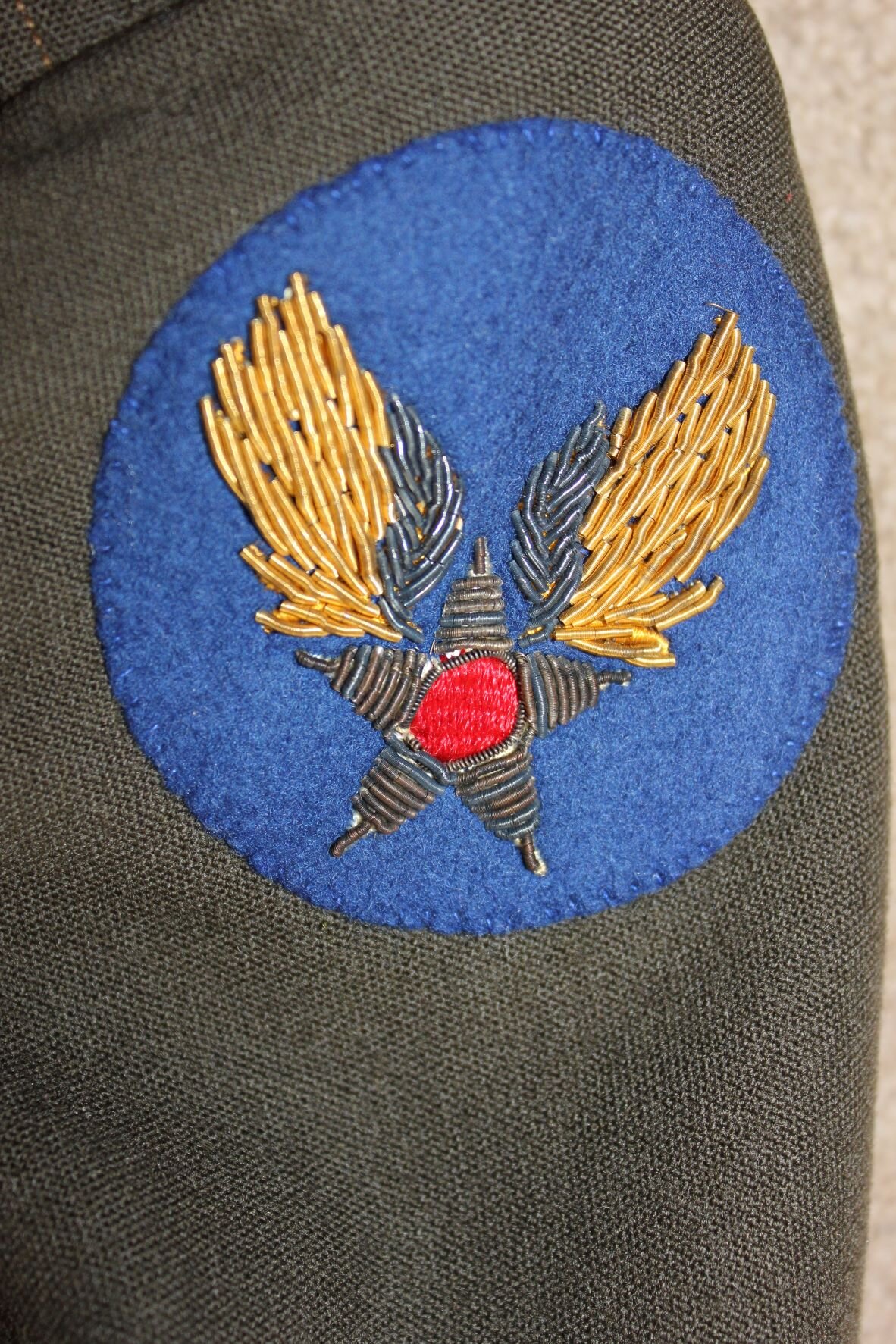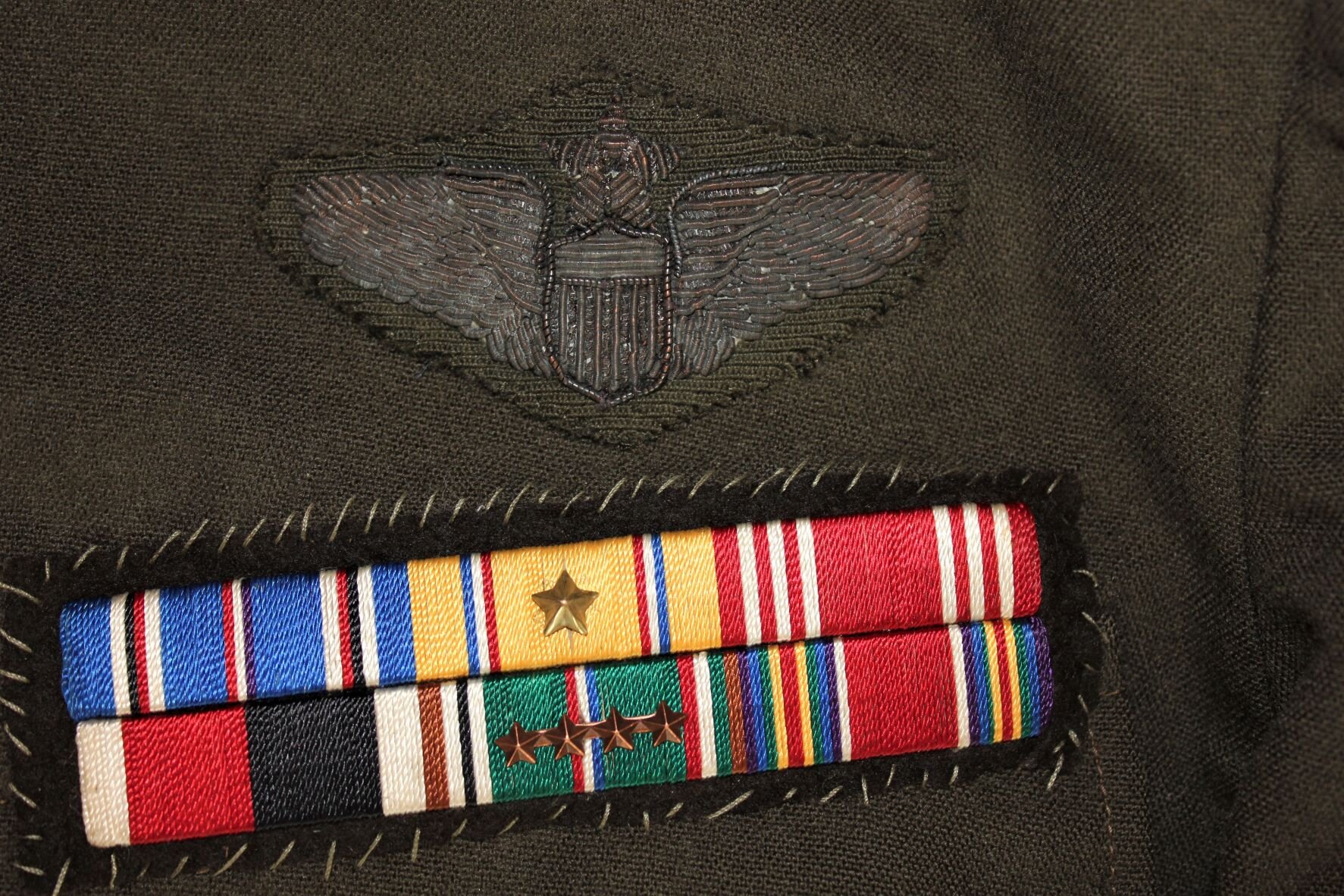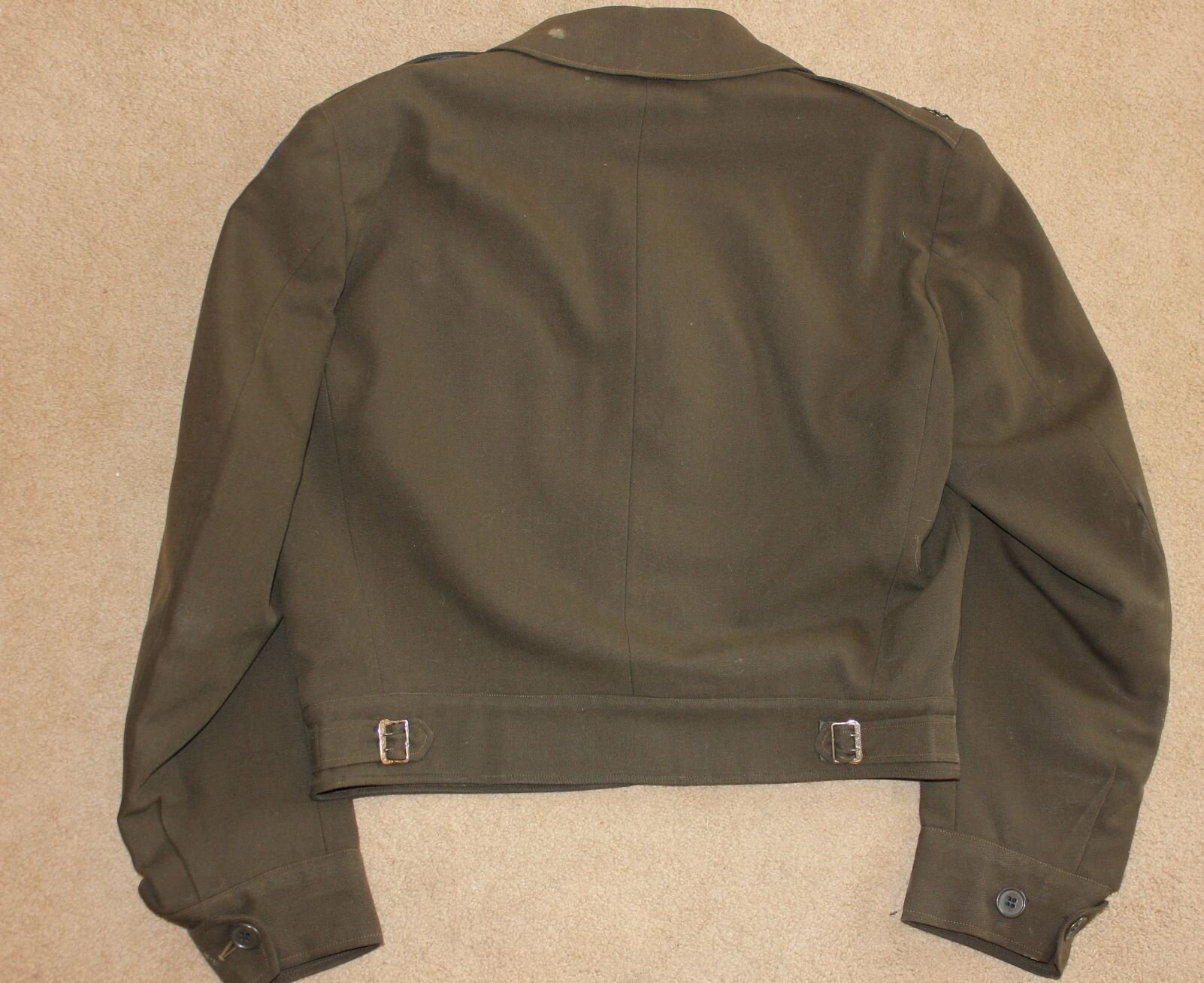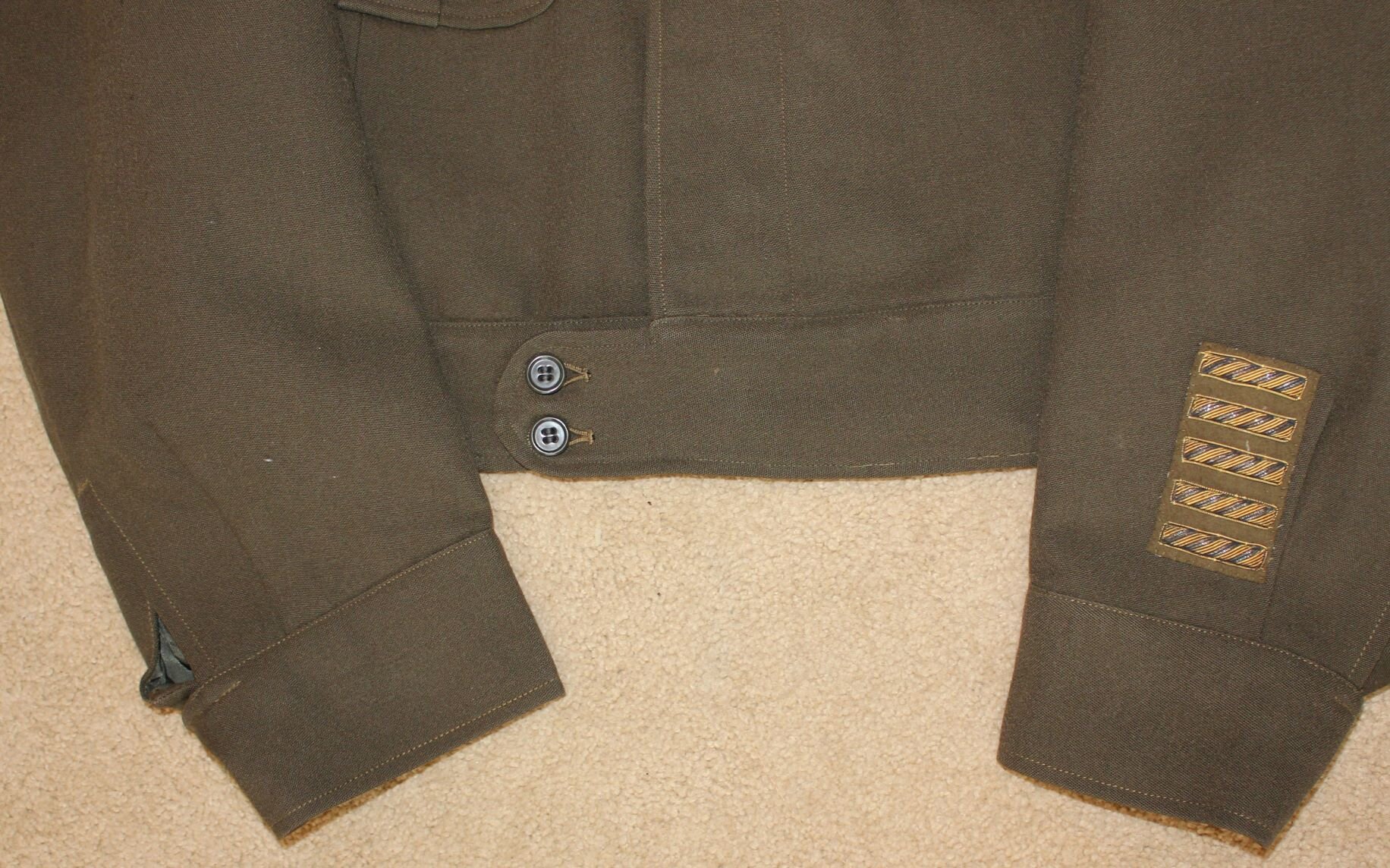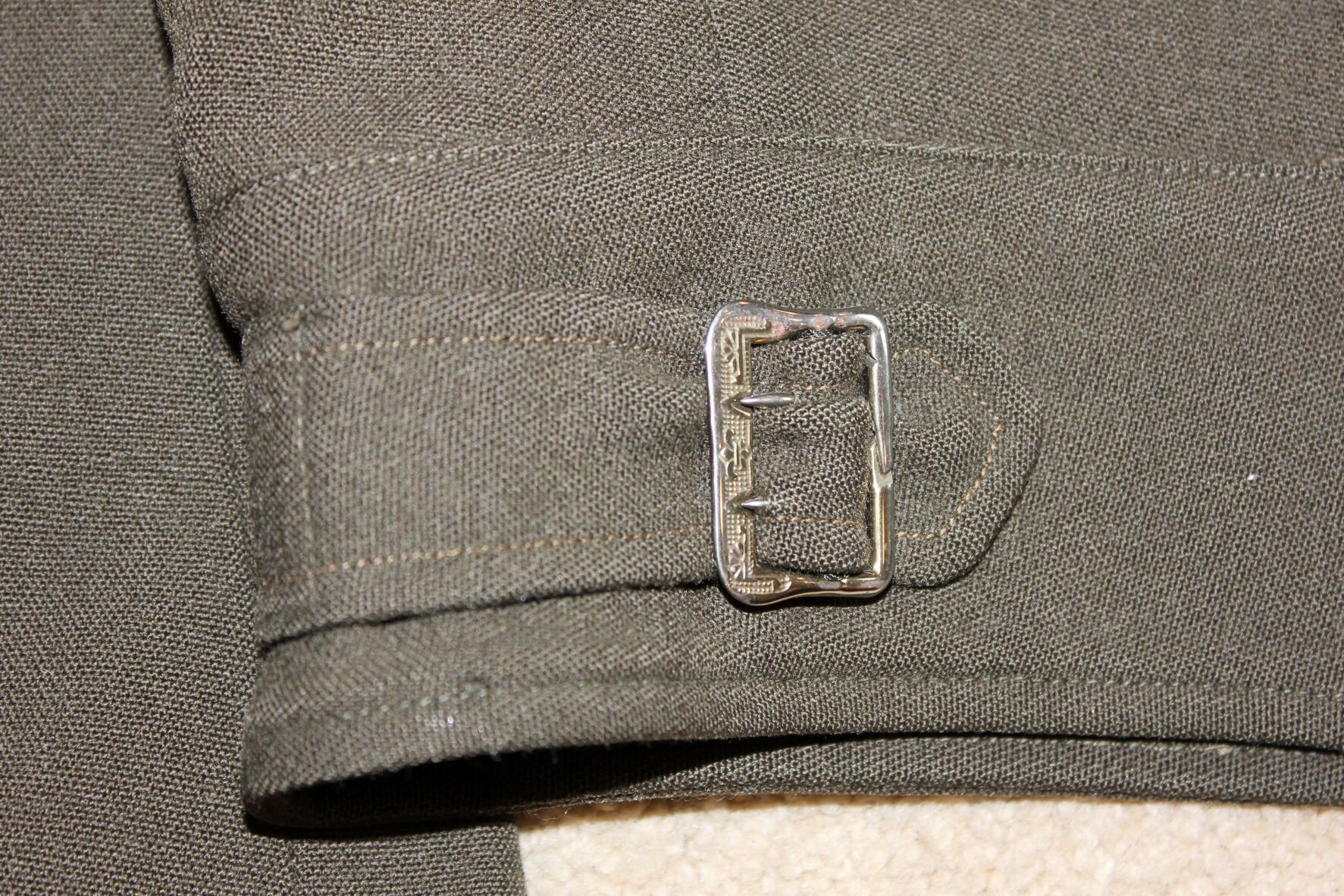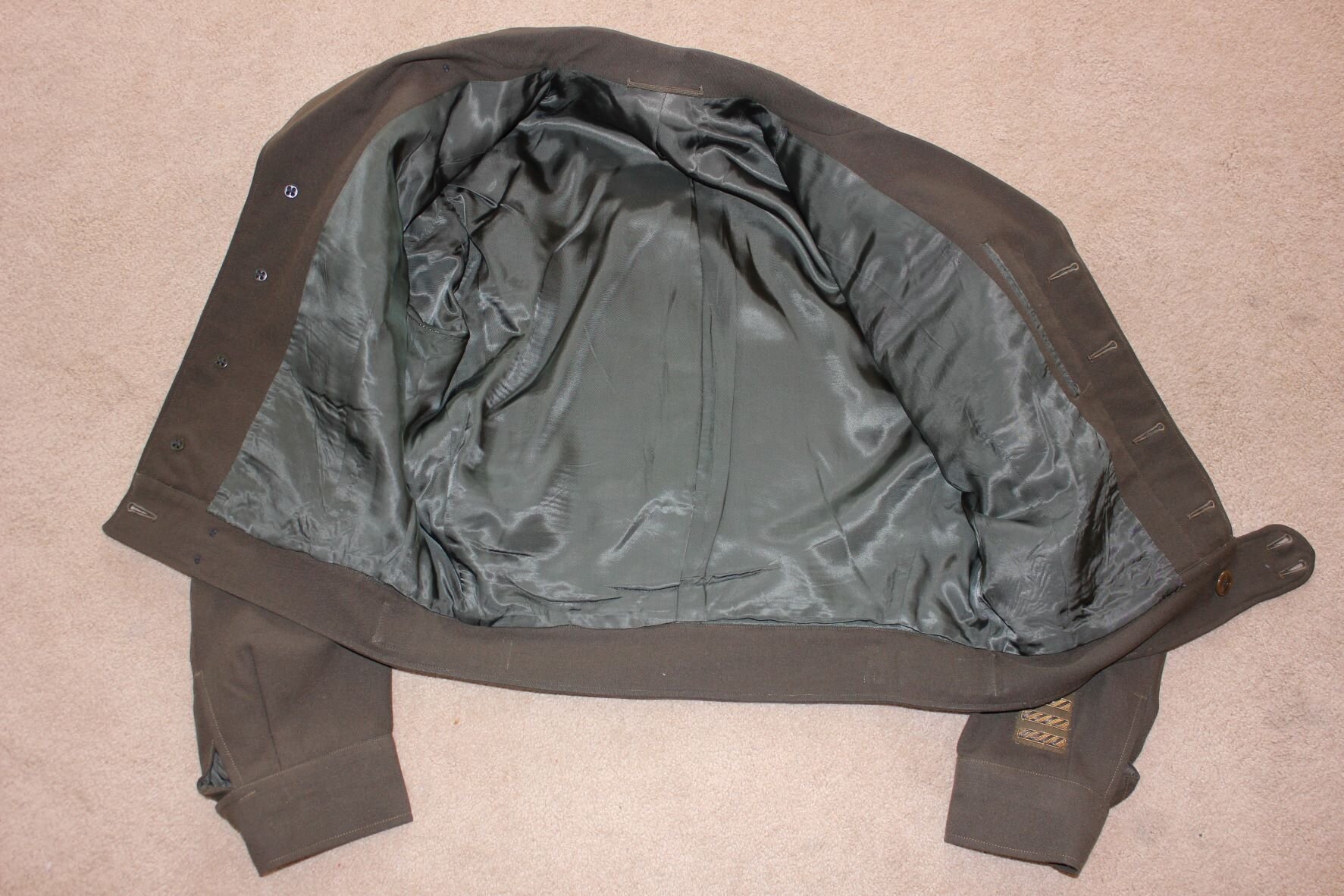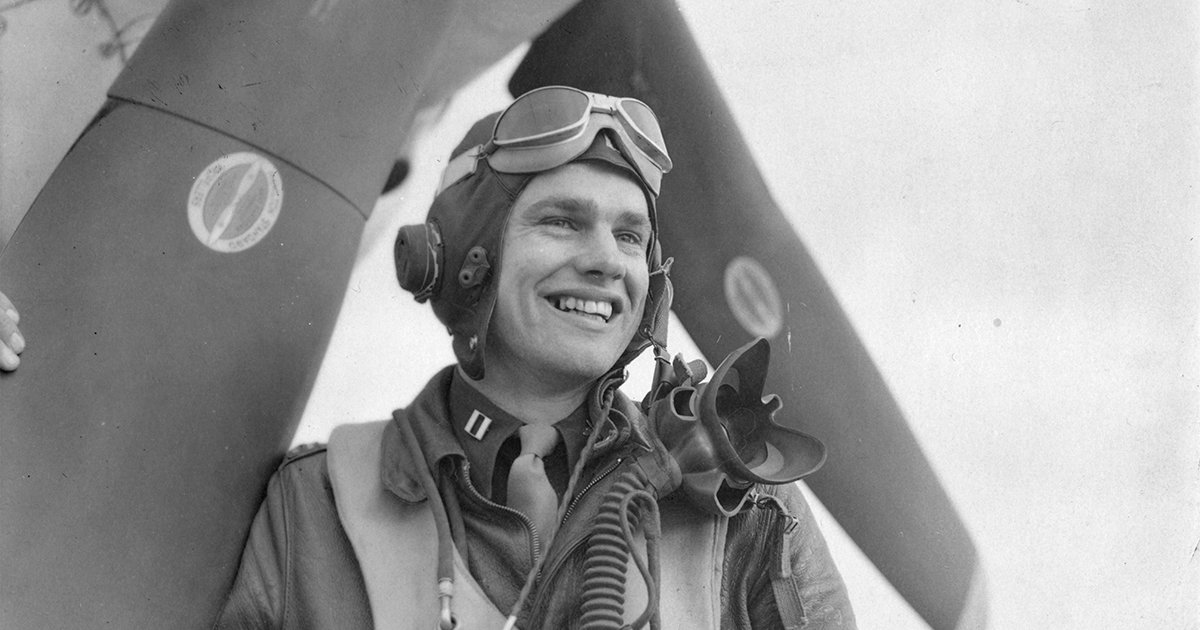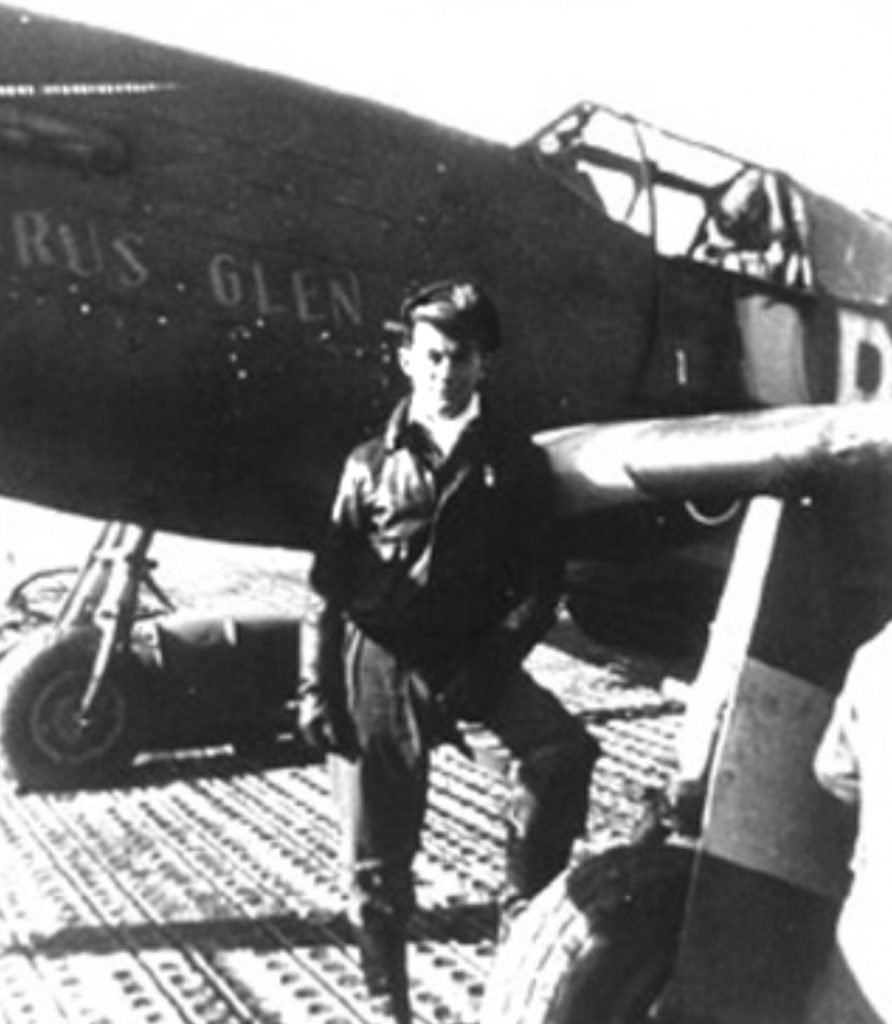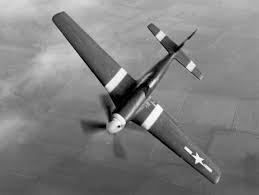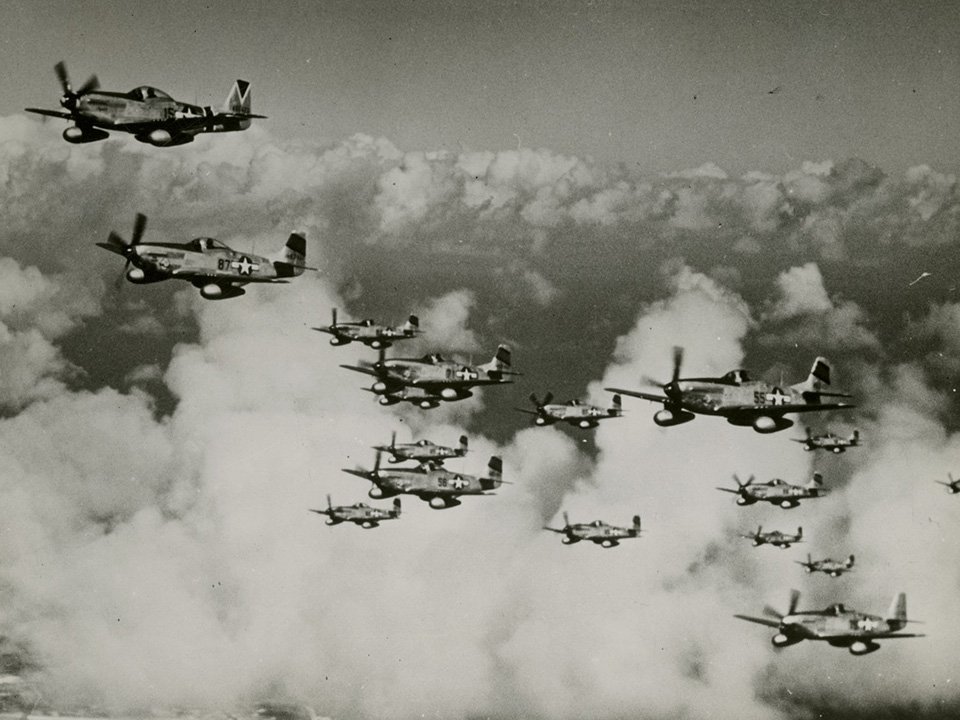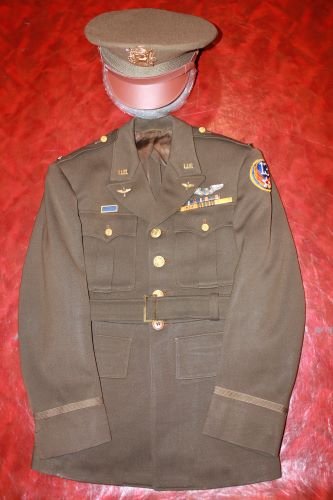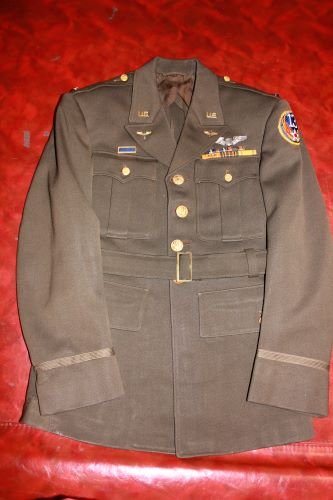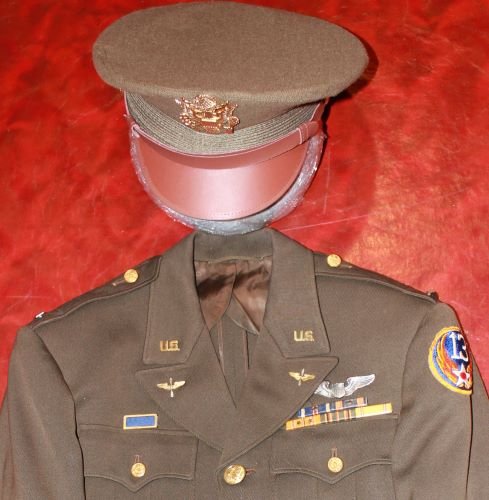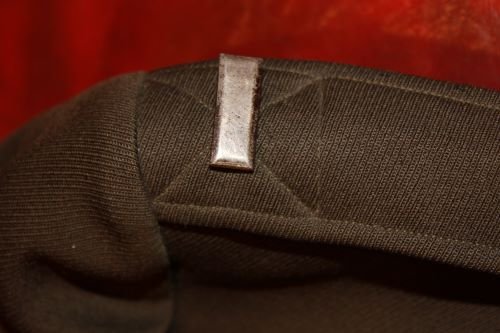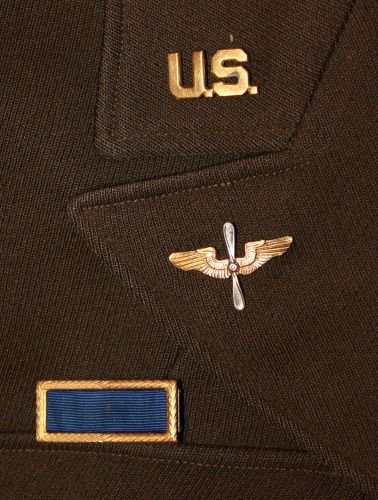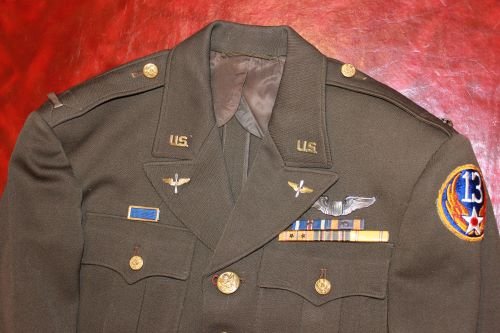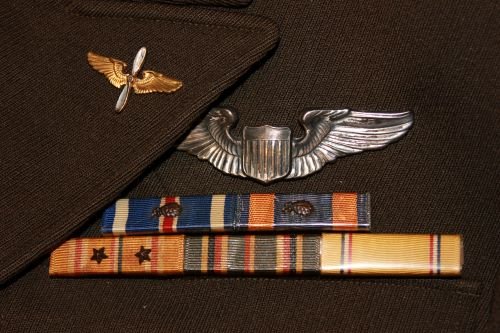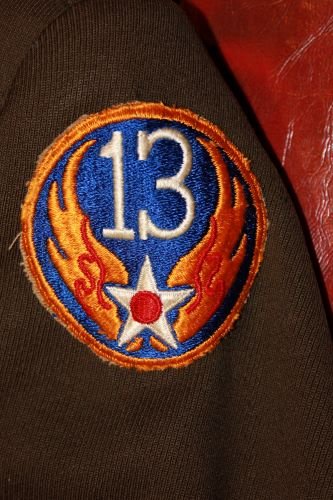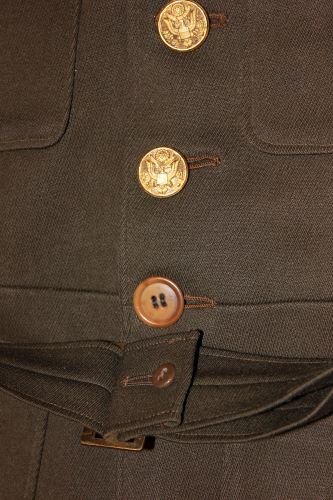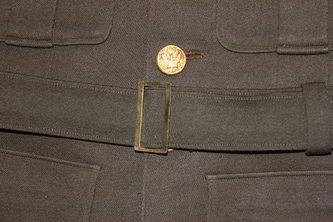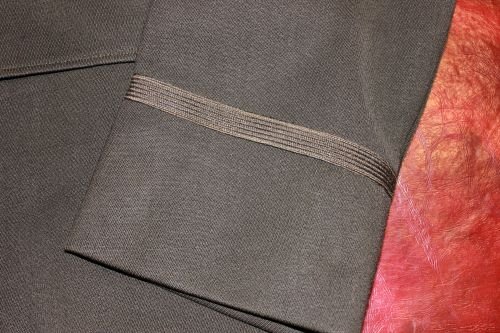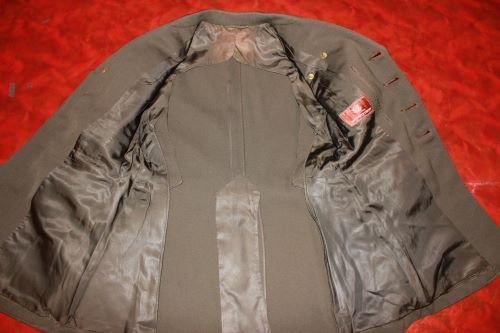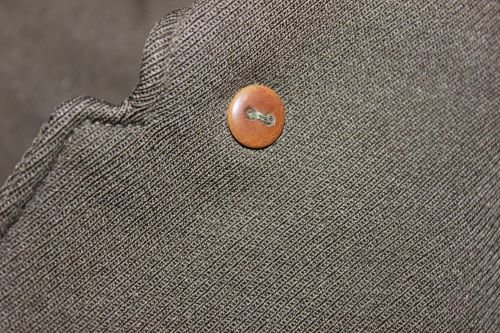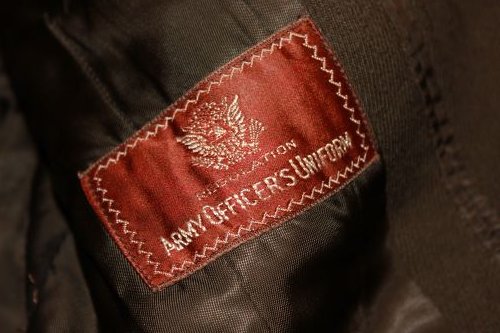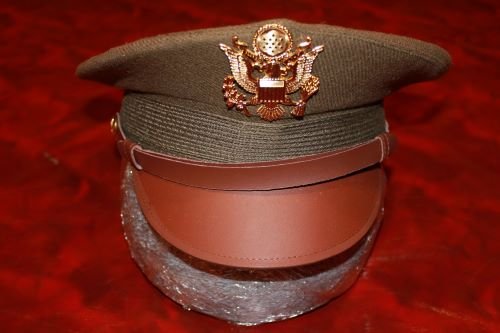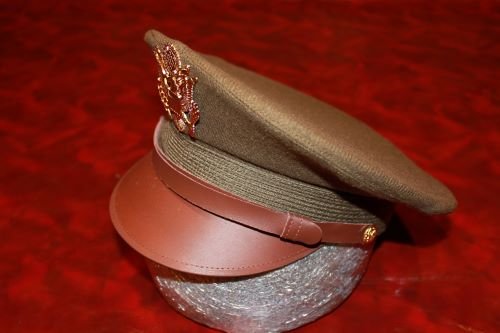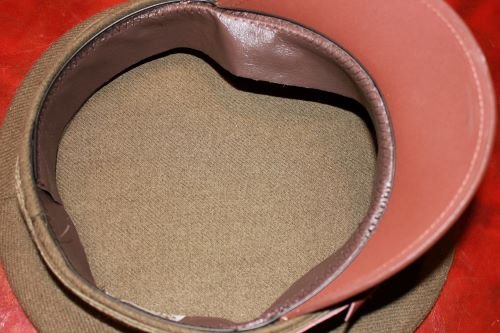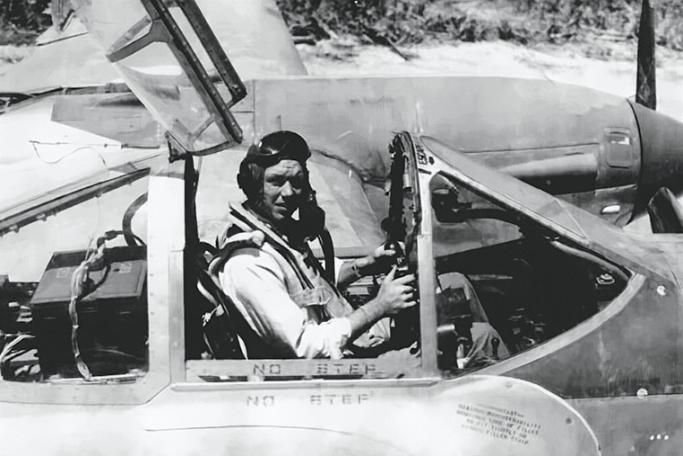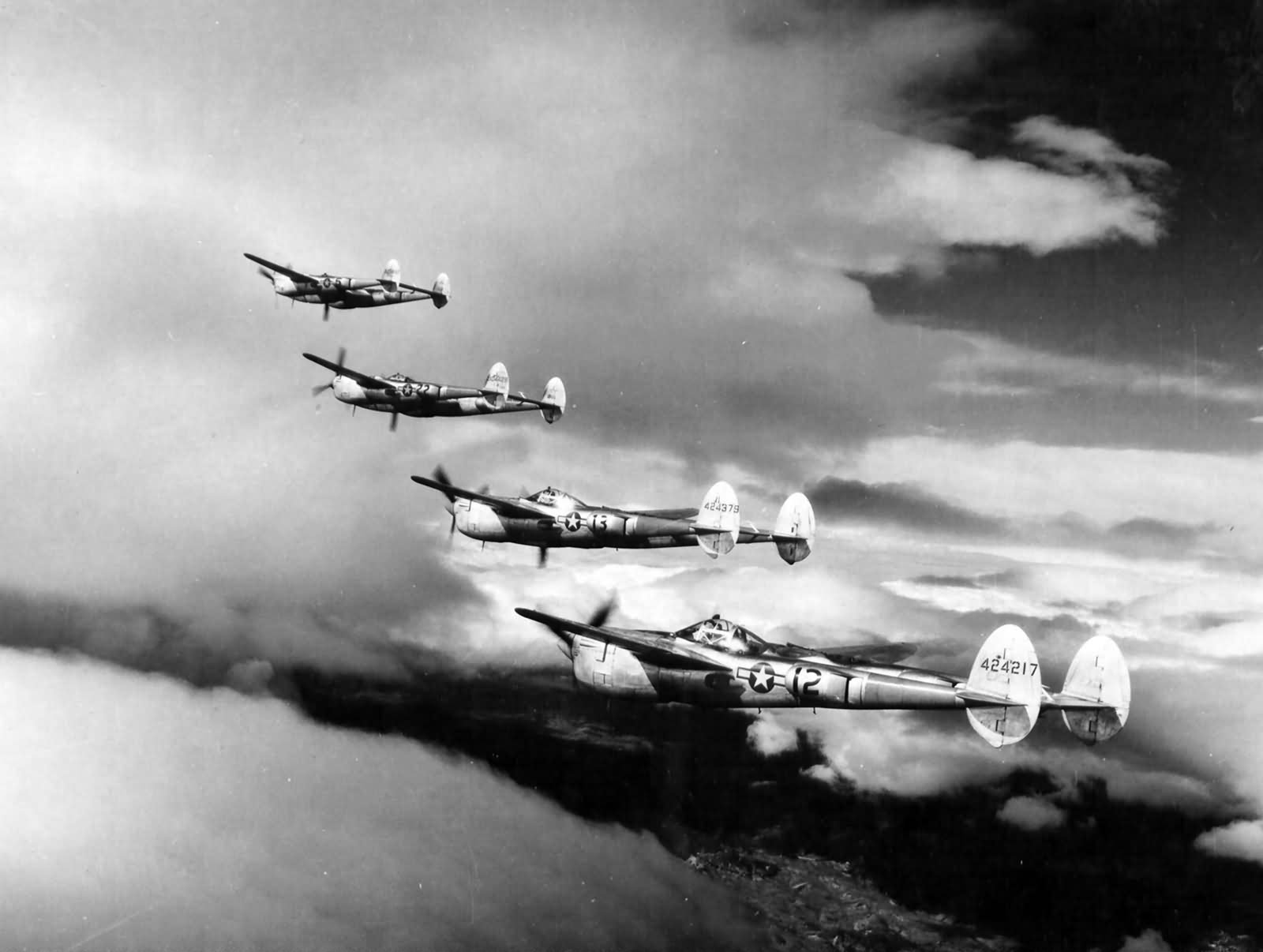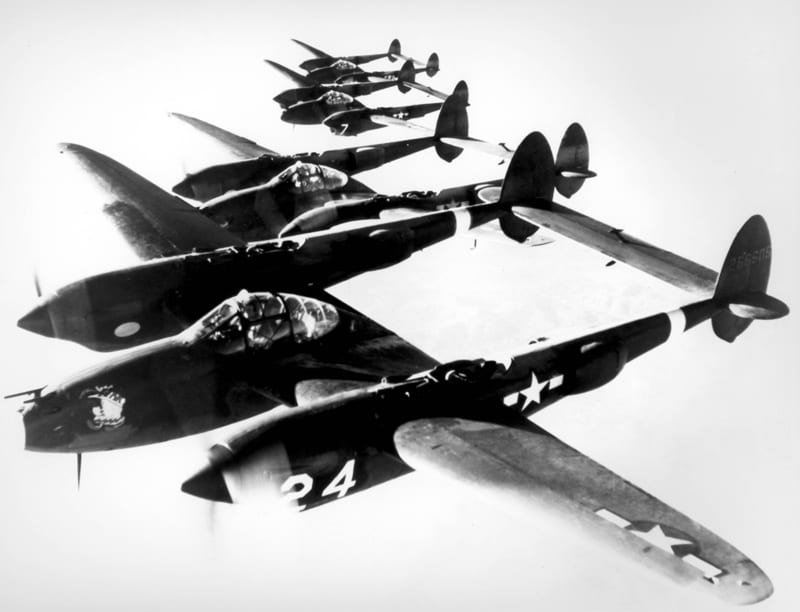US Army Air Force Fighter Pilots:
USAAF Pilot, light weight-khaki flight suit:
This was (I believe) the early lightweight, tropical flight suit. Could be tropical, and seen in Hawaii, or Guadalcanal and then into the Army, flyers bouncing around the Pacific. It could be seen with the AAF in the Aficain and Tunisian theater operations, and possibly in the states, and depending on your altitude you’d be flying at possibly layers of clothing underneath and/or over it, not to mention any flack vests or helmet of a bomber crewman. boots belt side-arm possibly, fighting knife, parachutes, and the like.
USAAF Major, fighter-group leader, Ike Jacket:
1st Lieutenant, 12th Fighter Wing, 18 Fighter Group, 13th-USAAF, Fighter-Pilot, Pacific Theater:
Organized as the 18th Pursuit Group. in Hawaii in January 1927. Redesignated 28th Pursuit Group (Interceptor) in 1939, and 18th Fighter Group in 1942. Before World War Two, the Group had engaged in flying and gunnery training and also joint Army / Navy maneuvers. When the Japanese attacked Pearl Harbor on December 7th, 1941, the Group, which had recently converted to P-40 Aircraft, has what we had ready as much as could, but they suffered heavy losses, of the 2 planes that did get off the ground and into the air, were quickly shot down. Then the group was assigned to Seventh Air Force in February 1942 and had to re-equip before it could even resume training, when they did they started with patrol missions.
Moved to the South Pacific in March of 1943 the Group was assigned to the 13th Air Force and began Operations over Guadalcanal. The Group flew protective, air patrols over the US. Air Bases of the Solomons, escorted bombers to the Bismark, supported ground forces on Bougainville, and attacked the Japanese airfields in the Solomons and New Brittain.
The various squadrons were equipped with P-38, P-39, P-61, and P-70 aircraft. And moved to New Guinea in August 1944, P-38 escorted bombers to targets in the Southern Philipines and Borneo and attacked enemy airfields and installations in the Netherlands Indies. Received a DUC for actions over Ormoc Bay: On 10 November 1944 the Group withstood intense flak and vigorous opposition from enemy interceptors to attack a Japanese Convoy that was bringing in additional enemy troops, for use against the American forces that had landed on Leyte; on the following day a few of the Group’s planes returned to the area, and engaged in a large force of enemy fighters, and destroyed a number of them.
Then they moved to the Philipines in January 1945. Supported ground forces on Luzon and Borneo, attacked shipping in the Central Philipines, covered landing on Palawan, attacked airfields and railways on Formosa, and escorted bombers to such widely scattered targets as Borneo, French Indo-China, and Formosa.
This 1st Lieutenant was one of the P-38L aircraft in the final years in the Pacific. His Squadron was known as the “Dirty Dozen” and they had carried out mostly ground attack missions for the US troops. This servicing jacket has seen the ravages of time and has started in the deterioration process while in storage, having been repaired a couple of times. The jacket was worn with pink trousers called “Pinks” because when the khaki faded it turned pink, and now the Regular Army has adopted the look again!? It was worn with the standard brown service shoes and officer dress or service cap. This was never worn in the South Pacific, where the officer was more likely to just be wearing a T-shirt, or just HBTs with combat boots, as the heat was unbearable-even when flying.
The Lieutenant ribbons bar tells us a bit about his history, He has won the Distinguished Flying Cross multiple times (oakleaf cluster on it) and his Air Medal has one too. His Squadron was awarded a Presidential Citation for actions in the Pacific, but his combat is noted by the two campaign stars on the Pacific Campaign Ribbon, his American Defence Ribbon.
